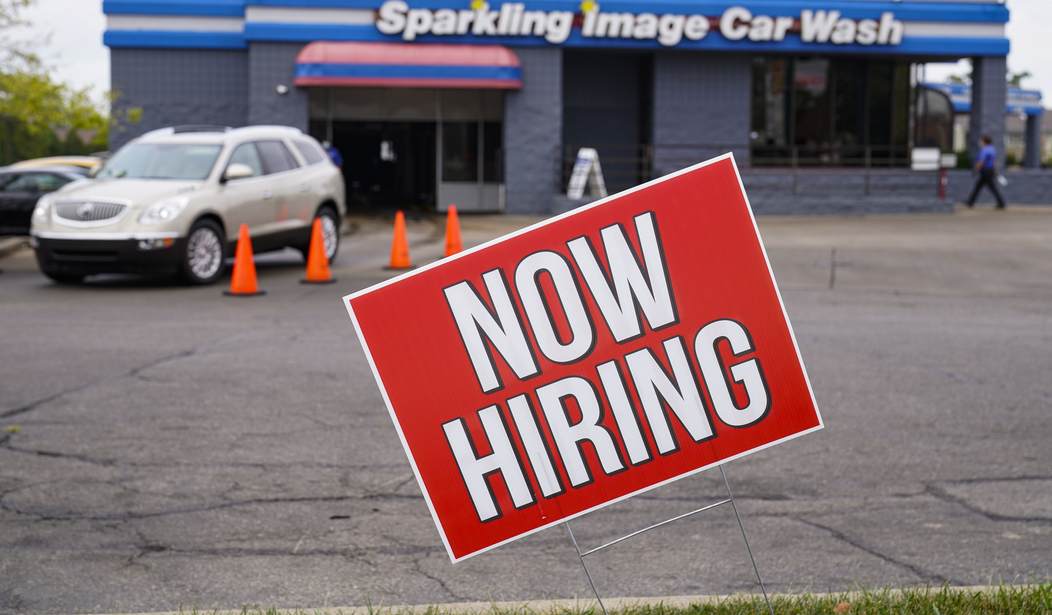The labor market added 187,000 jobs in July, falling below economist expectations. The numbers suggest the economy is slowing down, though the July numbers beat the June numbers, which were revised downward to 185,000 (from the 209,000 originally reported by the Bureau of Labor Statistics).
Original estimates for the job numbers sat around 200,000 with the unemployment rate hovering around 3.6 percent. However, the BLS jobs report shows the unemployment rate dropped to 3.5 percent, just above the lowest level since 1969.
Here’s a closer look at the breakdown of where jobs were created:
Health care led job creation by industry, adding 63,000 jobs for the month. Other sectors contributing included social assistance (24,000), financial activities (19,000) and wholesale trade (18,000). The other services category contributed 20,000 to the total, which included 11,000 from personal and laundry services.
Leisure and hospitality, which has been a leading sector for most of the recovery in the Covid pandemic era, added just 17,000 jobs, consistent with a slowing trend after averaging gains of 67,000 a month in the first three months of 2023.
Previous months’ totals were revised lower — the June count dropped to185,000, a downward revision of 24,000, while May was cut to 281,000, down 25,000 from the previous estimate.
Government jobs were also a dominant part of the job numbers, with the public sector increasing hiring as it recovers from major losses during the COVID-19 pandemic.
One of the key focus points in the labor market numbers of late has been wage growth. The Federal Reserve has looked at wage growth as an indicator that inflation is still too hot. Growth in wages still rose in July, though it cooled slightly.
As demand for workers has lessened, their pay gains have slowed. Employers spent 4.5% more on wages and benefits in April to June compared with a year earlier, the Labor Department said last week. That marked a slowing from a 4.8% increase the prior quarter.
Still, wage gains exceed both their prepandemic pace and a rate economists believe lines up with low, stable inflation. Fed officials would likely see 3.5% annual wage growth as consistent with inflation near their 2% target, assuming that worker productivity grows modestly.
The numbers bode well for those hoping the Fed might hold off on another rate increase. Fed Chair Jerome Powell has hinted that there might be one more hike before the end of the year. However, if the labor market is cooling, some economists think the Federal Reserve may hold off on that. The markets started off hot Friday morning with the labor market news.
But there are still underlying economic concerns. Inflation in food prices is still hitting American families hard (though not as hard as it is hitting European countries right now). That is causing concern among consumers.













Join the conversation as a VIP Member